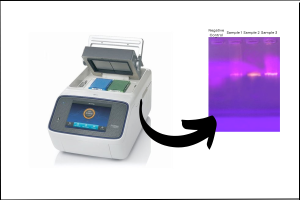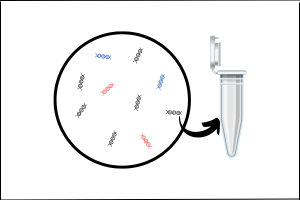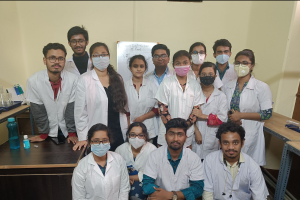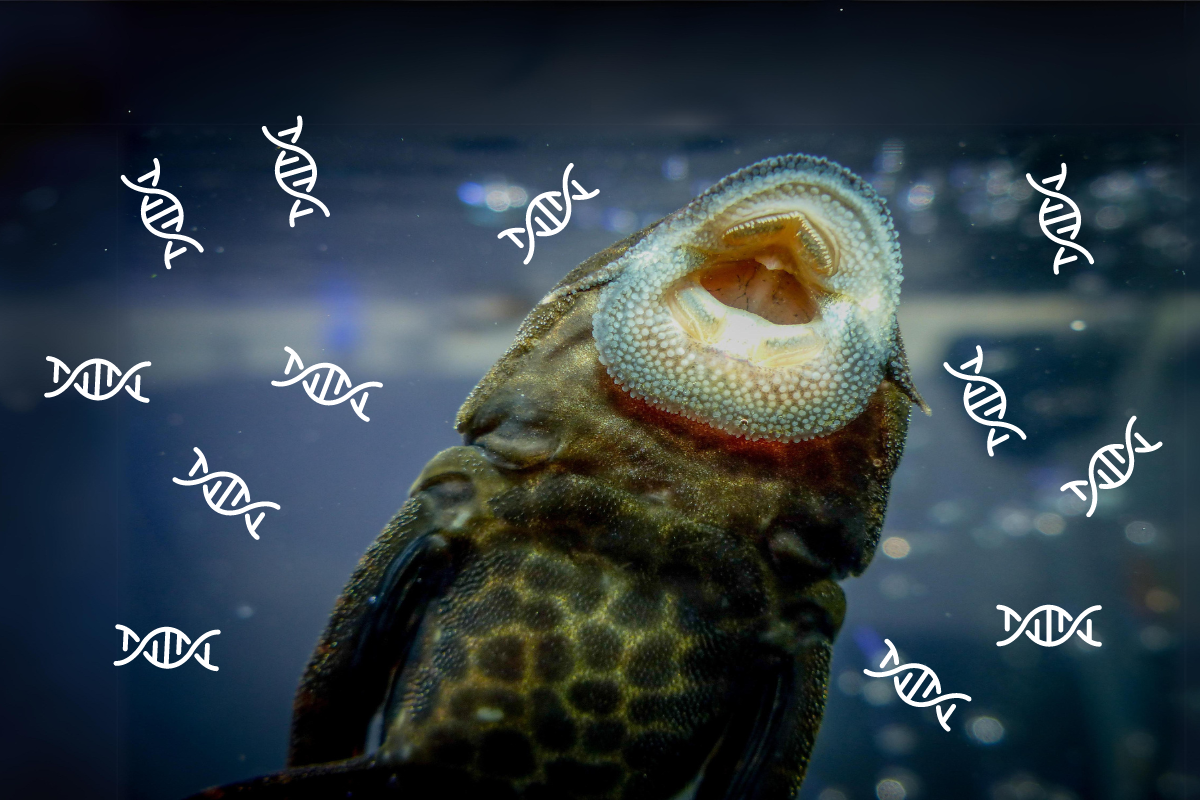Problem –
Pterygoplichthys sp., commonly known as Suckermouth Catfish is a substantial threat to the local biodiversity, especially in the non-flowing water bodies of the Gangetic basin region. These water bodies support millions of people who are engaged in fisheries, and fish raising and act as fishermen to meet their daily ends. However, this diversity and its supportive ecosystem were severely threatened by the illegal release of Pterygoplichthys sp (A resident of the South American Amazon basin region) into these regions. Its competition with native fishes for habitat leads decline in the native population. Overall, these invasive species are a threat to the livelihood of people associated with the fisheries over Bengal.

Activities –
We are a not-for-profit organization working towards mitigation of the problem through an e-DNA-based approach. Mapping of these species are most important part of the solution. Our approach is to work as a supporting system where we regularly monitor the presence of the Suckermouth Catfish at various waterbodies over West Bengal through an e-DNA-based approach. If the existence of the species has been found, we communicate with the owner of the waterbody to eliminate these species. We also maintain constant monitoring through e-DNA post-elimination. The major revenue for this work comes from training. We have started a Molecular Ecology paid course at our organization where we trained multiple groups of Zoology and Environmental Science students. These courses help the students to develop their resumes and help us to sustain our efforts.


Why e-DNA is an effective tool for addressing invasive species:
Environmental DNA (eDNA) detection is a useful monitoring tool in this context which can be widely used in case of invasive species detection in water bodies. First of all the techniques only need water samples from water bodies thus reducing the stress on the environment and minimizing the habitat damage. Then as the technology includes a DNA amplification process it is a highly sensitive process and capable of detecting a low number of fish in the water system. Early detection of invasive species in non-flowing water bodies increases the chance of less habitat destruction by that species. Although the process requires skilled personnel but is highly cost-effective and time-efficient during the screening process. Moreover, it’s effective over large areas for regular monitoring purposes. The species-specific detection process of eDNA also provides a clear understanding regarding invasive species/species richness and diversity in suspected water bodies.

We have developed a method to collect samples from waterbodies and conduct e-DNA analysis for this Suckermouth Catfish. We associated the process with a paid training course on Molecular Ecology targeting graduate and master-level students from Zoology and Environmental Science.
